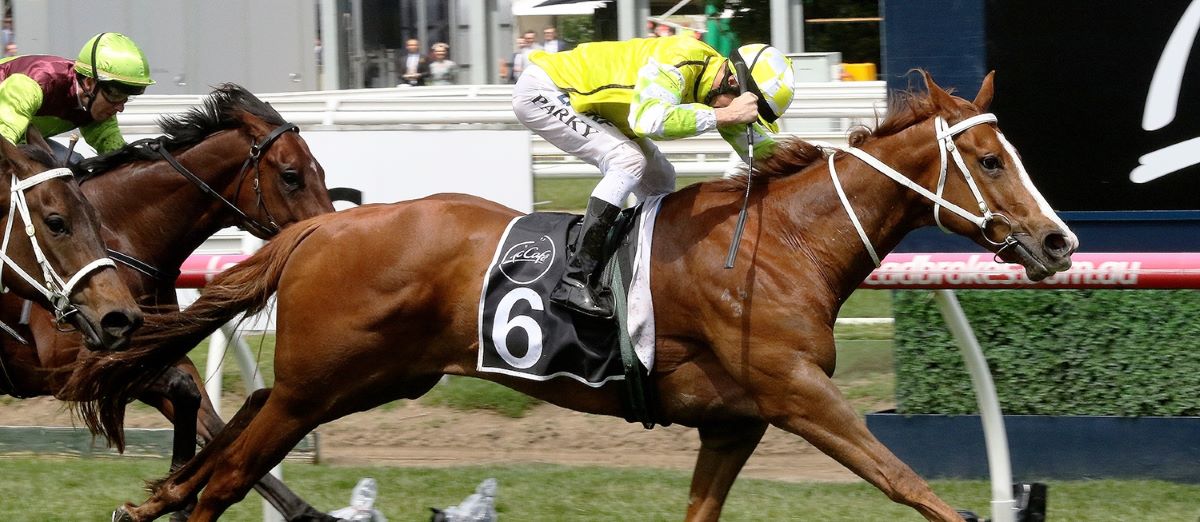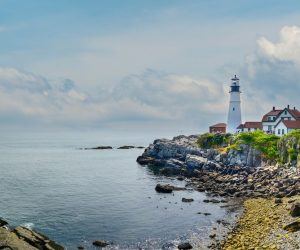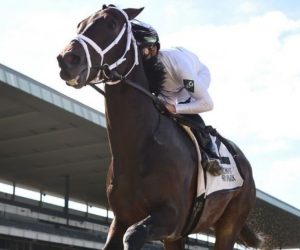The Everest is named after the tallest peak in the world, not the amount of cash up for grabs in Australia’s open-air ATM-with-a-twist race.

That distinction out of the way, the fifth edition of the richest race on turf sends its 12 contenders out of the Randwick starting gate Friday evening at 10:15 p.m. PT. A tidy $6.2 million (A) out of the tidier $15 million purse awaits the winner of the 1,200-meter sprint.
Did we say The Everest is the richest turf race in the world? How about the runner-up banks $2.14 million? And did we mention the last-place horse takes home $450,000?
What a windfall. So why are only 12 horses entered in the Australian racing version of a cash grab?
The Everest is a pay-to-play race
Put aside for the moment The Everest is limited to 12 horses. Here’s where the “ATM-with-a-twist” comes in. The Everest carries a $15 million purse because of its unusual entry structure. Basically, like the not-inconsiderable costs of summiting Everest the mountain, running Everest the race comes with a hefty price tag. Anyone can enter a horse by buying a slot. Buying that slot allows you to nominate a horse to fill the slot.
Did we say how much a slot costs? A tidy $600,000.
Do the math and you realize that finishing last means you take a $150,000 bath? Actually, finishing sixth or worse puts red ink in your ledger. Sixth place pays $500,000, a stunning deposit into any horse’s career-earnings bank.
This explains why The Everest field is loaded with horses coming from breeding behemoths such as Godolphin and Coolmore. Australian gaming entities such as TAB and The Star casino also figure prominently.
Age before form when it comes to weight
The Everest is run under weight-for-age conditions. That means weights are allocated by age, rather than by current form, which you see in most handicaps. Those weights range from 7-year-old Nature Strip (the co-7/2 favorite) carrying 58.5 kilograms (128.9 pounds), to 3-year-old Home Affairs carrying only 53 kilos (116 pounds). The lone mare in the field, 5-year-old Libertini (30/1) gets a two-kilo break. She’ll carry 56.5 kilos (124.5 pounds).
And speaking of Nature Strip, the 2020 Australian Horse of the Year returns to his third Everest, having fallen short of the summit in his two previous trips. His fourth and seventh in this race illustrate his feast-or-famine career. He’s racked up 17 victories in 32 races and given bettors a 32% ROI, which partly explains why he’s the highest-ranked turf sprinter in the world.
This year, the chestnut gelding is 7-for-10, with three seconds.
Eduardo comes in with red-hot form
Two of those seconds came to Nature Strip’s chief tormentor: Eduardo (5/1). He’s beaten Nature Strip in photo finishes in both those races. That included September’s victory in a Group 2 race at Randwick.
Not that this should shock anyone. Eduardo is 8-for-10 this year — and 9-7-3 in his 22-race career. The 8-year-old gelding comes into The Everest with six wins in his last seven races. Horseplayers wagering on Eduardo over his career enjoy an 89% ROI.
There’s value there, because we haven’t mentioned the 7/2 co-favorite with Nature Strip: Classique Legend. All he did was win this race last year. And all he’s done since was go off to Hong Kong, finish 11th in one race, get hurt and return to Australia. He’s run three trial — or practice — races since and acquainted himself notably, winning all three.
McAvoy scaled The Everest jockey summit three times
That got enough attention for bookmakers to make him the co-favorite. It certainly helps that jockey Kerrin McAvoy won this race three of the last four years.
Two others to watch are Gytrash (8/1) and the aforementioned Home Affairs (10/1). Gytrash finished third in this race last year. Last time out, he finished third behind Eduardo and Nature Strip. Home Affairs is a Coolmore product who won his debut and brings the same connections as 2019 Everest winner Yes Yes Yes: trainer Chris Waller and jockey Glen Boss.











